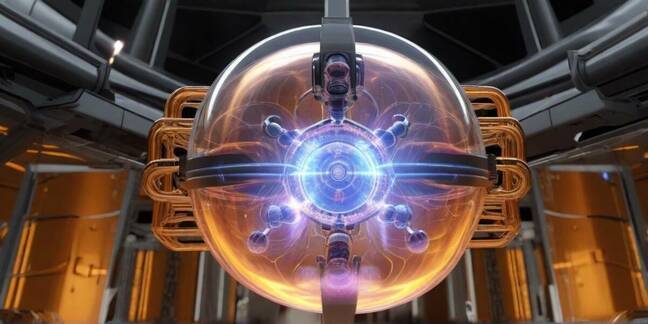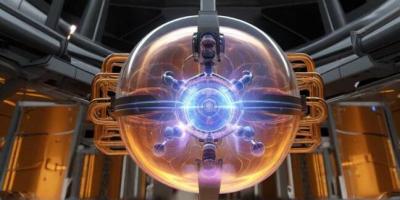The world's largest operational experimental nuclear fusion reactor was inaugurated in Japan last Friday, marking an achievement that is still in its infancy, but is described as the solution for future human energy needs. Fusion differs from fission, the technology currently used in nuclear power plants, by merging two atomic nuclei instead of splitting one. The goal of the JT-60SA reactor is to explore the feasibility of fusion as a safe, large-scale, and carbon-free energy source, generating more energy than is consumed in its production.
The six-story machine, located in a hanger in Naka, north of Tokyo, consists of a "tokamak" vessel (one of the types of magnetic confinement nuclear fusion devices developed to produce controlled nuclear fusion energy), designed to contain a swirling plasma heated to 200 million degrees Celsius. The reactor comes as a joint project between the European Union and Japan, serving as a precursor to a larger project in France, the International Thermonuclear Experimental Reactor (ITER) under construction. The ultimate goal of both projects is to fuse hydrogen nuclei into a heavier element, helium, releasing energy in the form of light and heat, simulating the process that occurs within the sun.
Researchers at ITER, which has exceeded its budget and is behind schedule while facing significant technical issues, hope to achieve a breakthrough in fusion technology, termed net energy. Sam Davis, Deputy Project Leader of JT-60SA, mentioned that the device "will bring us closer to fusion energy.” Davis explained at the inauguration on Friday, “It is the result of collaboration among over 500 scientists and engineers and more than 70 companies across Europe and Japan." Unlike nuclear fission, nuclear fusion does not carry the risk of catastrophic nuclear accidents like those that occurred in Fukushima, Japan, in 2011, and it produces significantly less radioactive waste than current power plants, as proponents argue.




